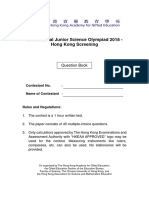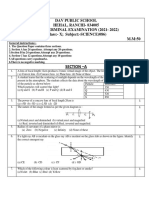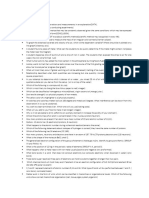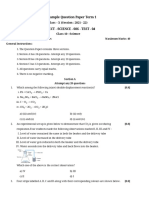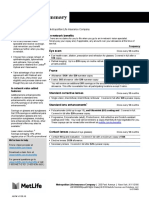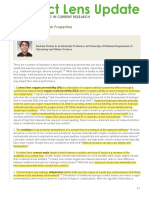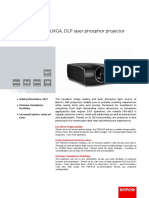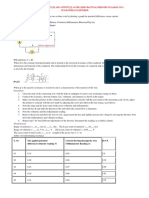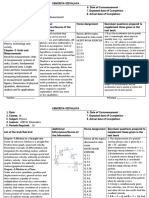100% found this document useful (1 vote)
225 views16 pagesClass 10 AnswerKey
The document contains a series of multiple-choice questions covering various topics in physics, chemistry, and biology. Each question presents four answer options, with only one correct answer for each. The questions range from basic concepts to more complex applications in the respective scientific fields.
Uploaded by
nishantrashmi85Copyright
© © All Rights Reserved
We take content rights seriously. If you suspect this is your content, claim it here.
Available Formats
Download as PDF, TXT or read online on Scribd
100% found this document useful (1 vote)
225 views16 pagesClass 10 AnswerKey
The document contains a series of multiple-choice questions covering various topics in physics, chemistry, and biology. Each question presents four answer options, with only one correct answer for each. The questions range from basic concepts to more complex applications in the respective scientific fields.
Uploaded by
nishantrashmi85Copyright
© © All Rights Reserved
We take content rights seriously. If you suspect this is your content, claim it here.
Available Formats
Download as PDF, TXT or read online on Scribd
/ 16

















